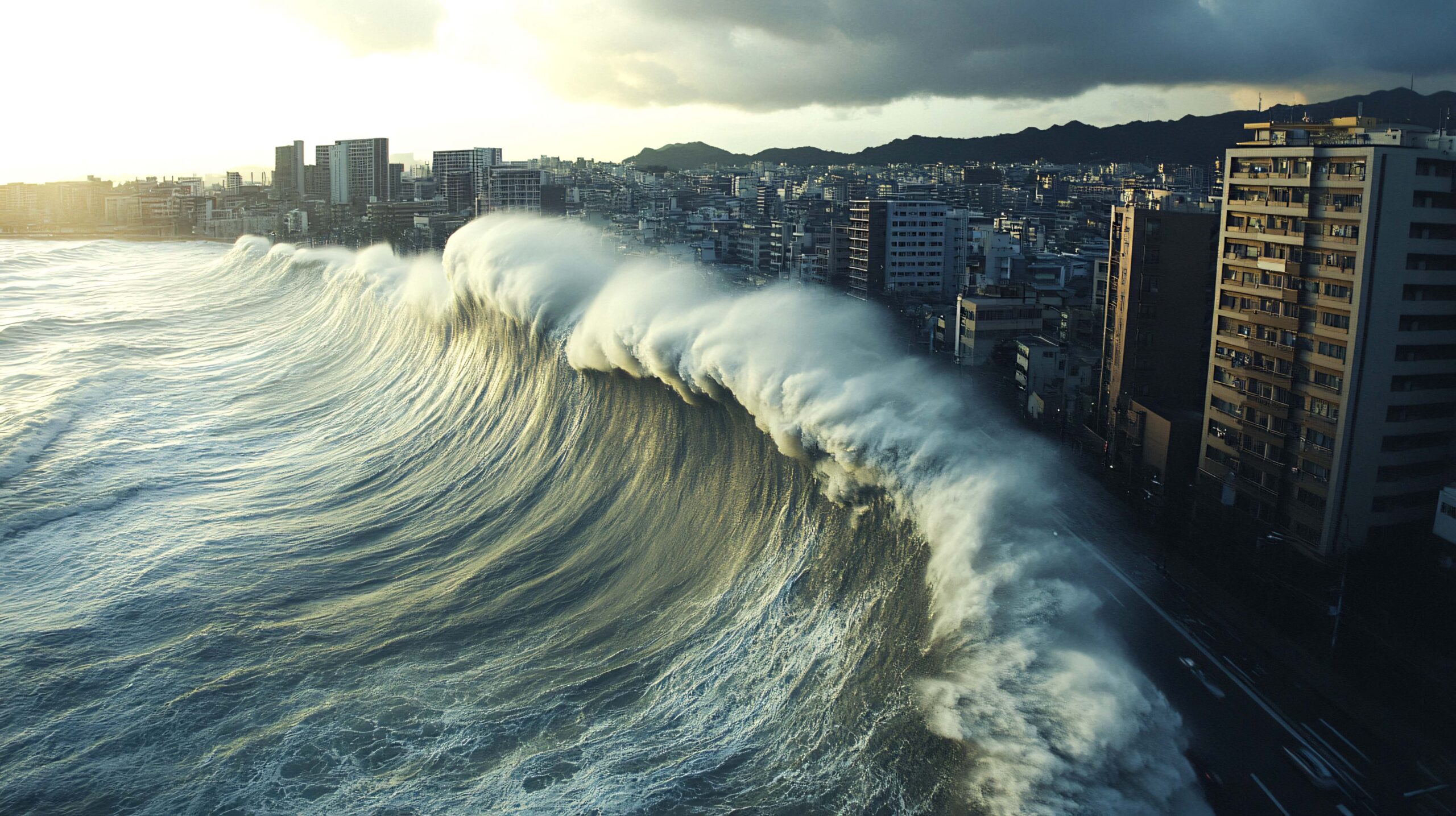Sea-level rise: A growing threat we can’t ignore
The climate crisis is happening right now, and one of the clearest signs is the rapid rise in sea levels. Over the last decade alone, sea levels have increased by more than 10 cm, putting millions of people at risk. By the year 2100, experts predict that over 410 million people could face dangerous flooding due to rising seas.
Why Are Sea Levels Rising?
Sea levels are rising mainly because of two things:
- Melting ice sheets and glaciers in places like Greenland and Antarctica.
- Seawater expands as it gets warmer due to global warming.
The Greenland ice sheet is melting at an alarming rate about 30 million tonnes of ice per hour and could collapse completely by 2025. As a result, sea levels are projected to rise by 1-2 meters by the end of this century.
Who’s Most at Risk?
Countries with large coastal populations, like Bangladesh, China, India, and the Netherlands, are especially vulnerable. Additionally, small island nations in the Pacific, like Fiji and Kiribati, face the possibility of being swallowed by the sea.
For example, in Fiji, several villages have already been relocated to escape rising waters, and many more are on the move. In the U.S., rising sea levels could make some coastal towns unlivable within the next 20-30 years.
What Can Be Done?
Countries around the world are starting to take action. In places like Denmark, Germany, and the UK, sea walls and flood barriers are being strengthened. South Korea and the Maldives are experimenting with floating homes, and many cities are working on ways to store stormwater to reduce flooding.
But there’s a long way to go. The World Economic Forum says we need between $194 billion and $366 billion each year just to adapt to the changing conditions, and right now, we’re not investing enough.
Why This Matters Now
The climate crisis is a massive, complex issue, but sea-level rise is one of the most immediate threats we face. If we don’t act quickly, entire communities could disappear under water. That’s why discussions like the ones happening at the UN General Assembly and Sustainable Development Impact Meetings this month are so important. Leaders are coming together to figure out how to protect people and slow down the changes.
Final Thoughts
Sea-level rise isn’t just a problem for the future, it’s happening now. We need more global cooperation and quicker action to help the most vulnerable communities. If we fail to act, the consequences could be devastating for millions of people around the world.
Credits: This post is based on information from the World Economic Forum, NASA, The Guardian, and the UN Surging Seas in a Warming World report.

